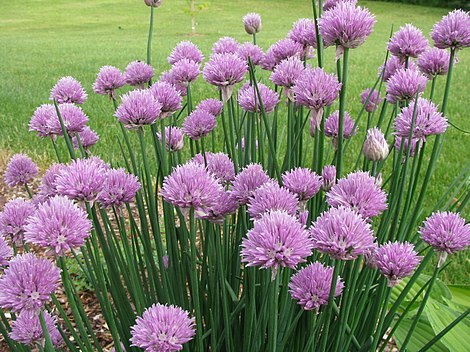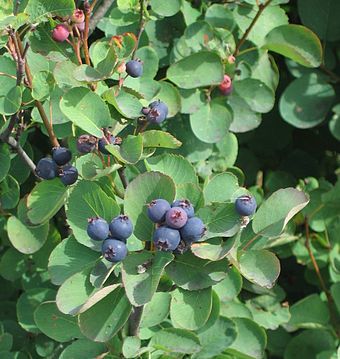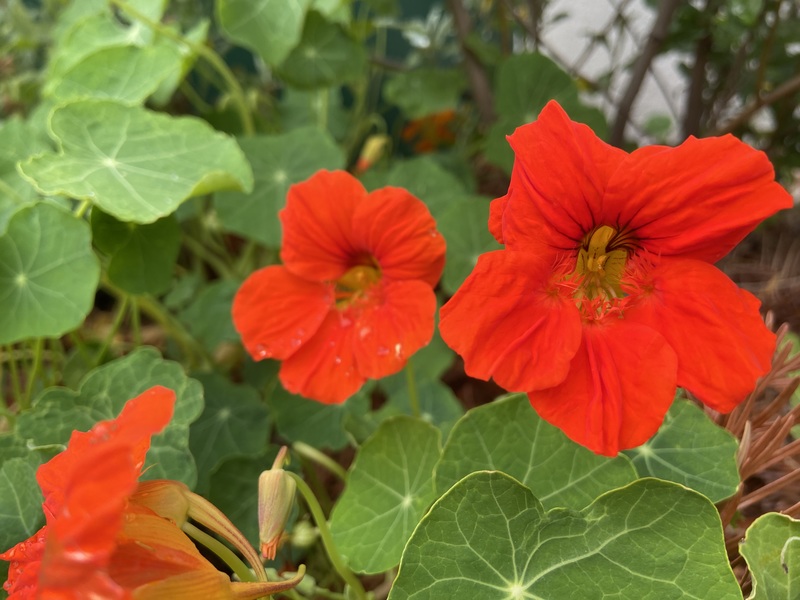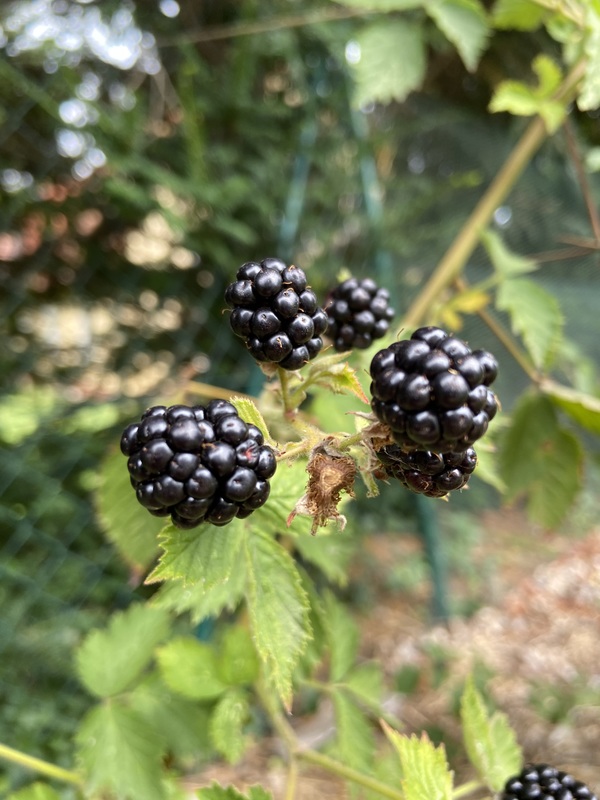Description
Swiss chard (Beta vulgaris flavescens) is a leafy green vegetable that is native to the Mediterranean region. It is a biennial plant that grows to a height of about 1-2 feet and has a characteristic large, dark green leaves and thick, crunchy stalks. The stalks come in a variety of colors, including white, yellow, and red. The plant has small, green flowers that bloom in the summer.
Swiss chard prefers well-drained, fertile soil and full sun. It can be grown in a variety of climates and is generally winter hardy. In order to cultivate it successfully, it is important to provide the plant with consistent moisture and to keep the soil moist but not waterlogged. Swiss chard is also a heavy feeder and will benefit from regular fertilization.
Swiss chard is edible and the leaves, stalks, and even the flowers can be eaten. The leaves have a mild, slightly bitter flavor and can be cooked in a variety of ways, including sautéing, steaming, and roasting. The stalks can be eaten raw or cooked and have a slightly sweeter flavor. The flowers can be added to salads or used as a garnish. After harvest, the leaves and stalks can be stored in the refrigerator for a few days.
In addition to its culinary uses, Swiss chard is a highly nutritious vegetable that is high in vitamins A, C, and K, as well as magnesium and iron. It is also a good source of dietary fiber and protein. Swiss chard has been used medicinally to treat a range of conditions, including anemia and kidney disorders.







